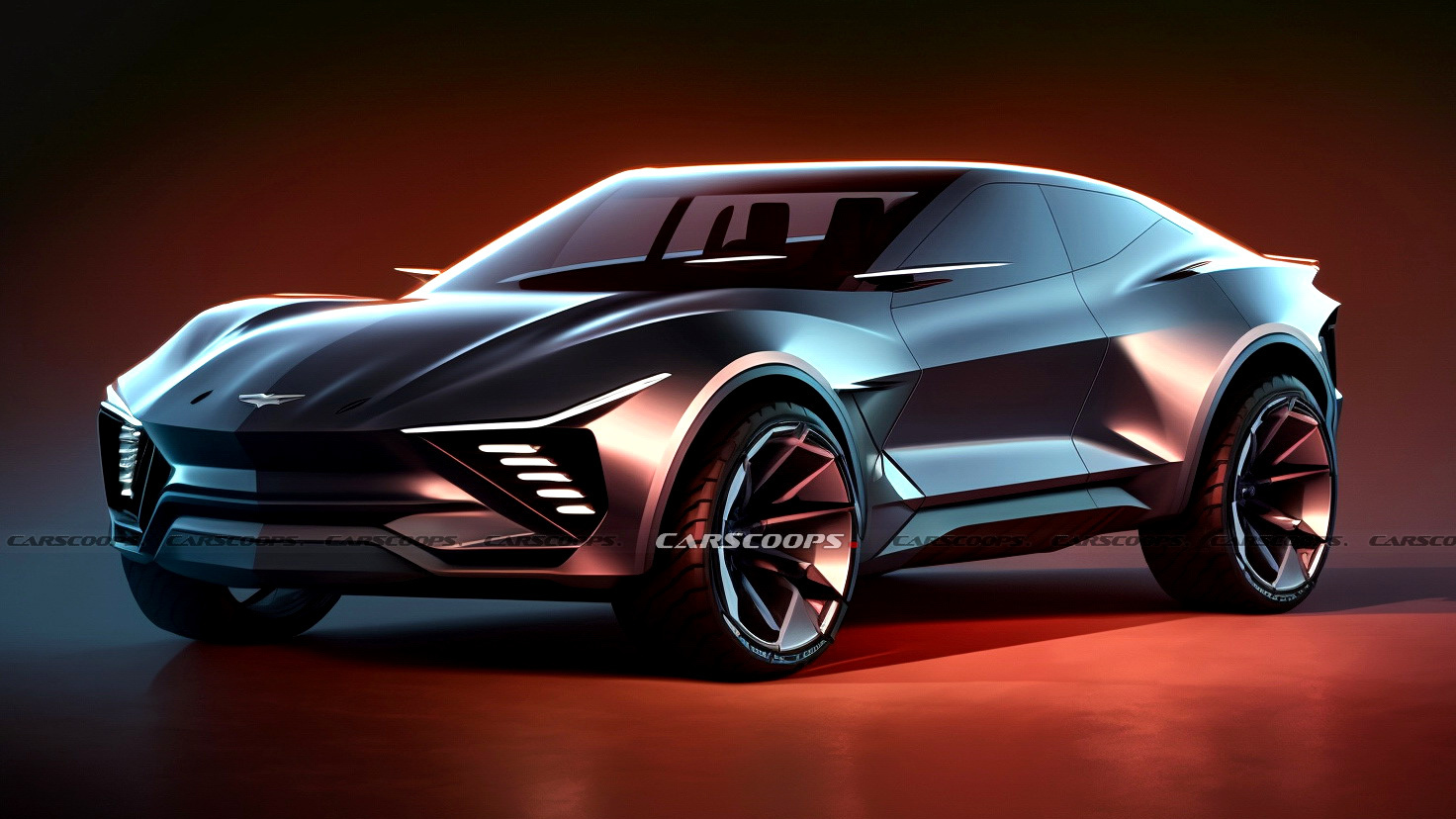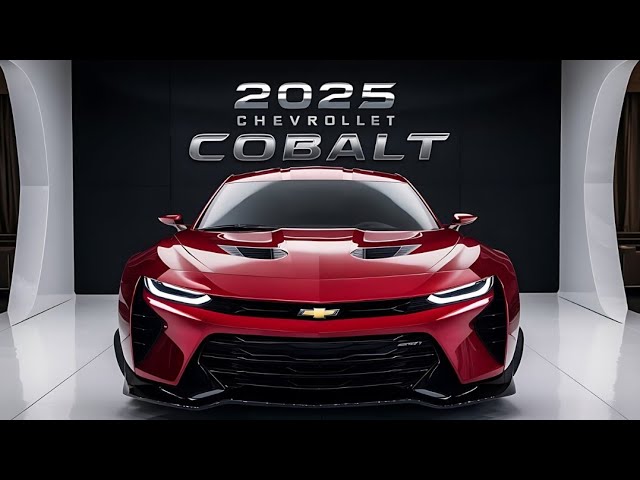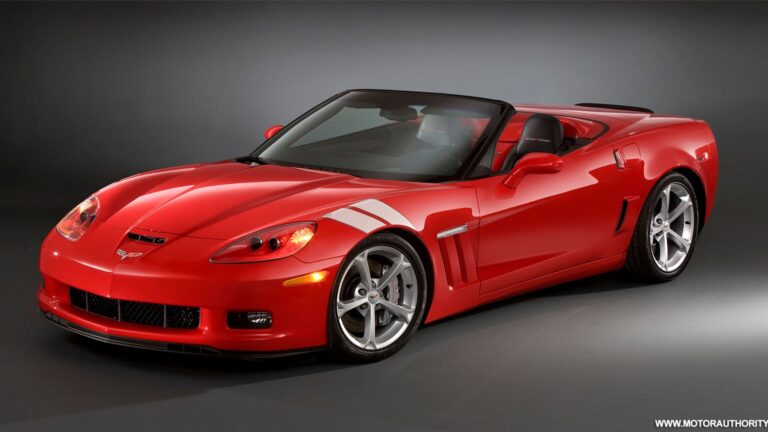2026 Chevy Corvette Price
Historical Pricing Trends

The Chevrolet Corvette has undergone significant price changes over the past several years, influenced by factors such as market demand, production costs, and technological advancements.
Market Demand
Market demand for the Corvette has played a major role in shaping its pricing. In recent years, strong demand for sports cars, particularly high-performance models like the Corvette, has driven prices upward. This demand has been fueled by factors such as rising disposable income, a growing enthusiast base, and the Corvette’s iconic status as an American sports car.
Production Costs
Production costs have also impacted the Corvette’s pricing. The Corvette is a complex vehicle to manufacture, requiring specialized materials and labor. As production costs rise due to factors such as inflation, supply chain disruptions, and technological advancements, the Corvette’s price has increased accordingly.
Technological Advancements
Technological advancements have both increased and decreased the Corvette’s price. On the one hand, the incorporation of new technologies, such as advanced performance systems and infotainment features, has led to higher production costs and, consequently, higher prices. On the other hand, advancements in manufacturing processes and materials have sometimes led to cost reductions, allowing for lower prices or more features at the same price point.
Speculation on Future Trends
Predicting future pricing trends for the Corvette is challenging, but several factors could influence its price. Continued strong market demand, rising production costs, and ongoing technological advancements suggest that the Corvette’s price may continue to increase in the coming years. However, economic downturns, changes in consumer preferences, or disruptive technologies could potentially lead to price declines or fluctuations.
Impact on Sales and Demand

The pricing of the 2026 Chevy Corvette is expected to have a significant impact on its sales and demand. Several factors will influence consumer perception and purchase decisions, including the vehicle’s performance, features, and overall value proposition compared to competitors.
If the Corvette is priced competitively and offers a compelling combination of performance and features, it is likely to generate strong demand from both loyal Corvette enthusiasts and new buyers. However, if the pricing is perceived as too high or if the vehicle fails to meet expectations, sales could be negatively impacted.
Pricing Strategy
General Motors will need to carefully consider its pricing strategy for the 2026 Corvette to maximize sales and profitability. The company may opt for a premium pricing strategy, positioning the Corvette as a high-performance luxury sports car. Alternatively, it could adopt a more aggressive pricing strategy to appeal to a broader range of buyers.
Answers to Common Questions
What is the expected price range for the 2026 Chevy Corvette?
The expected price range for the 2026 Chevy Corvette is between $60,000 and $100,000. The base model is anticipated to start around $60,000, while higher trim levels and more powerful engine options will command a higher price.
How does the 2026 Chevy Corvette’s pricing compare to its competitors?
The 2026 Chevy Corvette’s pricing is competitive within the sports car market. It is slightly more expensive than the Ford Mustang Shelby GT500 but less expensive than the Porsche 911 Carrera. Its pricing strategy positions it as a premium sports car that offers excellent value for its performance and features.
What factors influence the pricing of the 2026 Chevy Corvette?
Several factors influence the pricing of the 2026 Chevy Corvette, including trim levels, engine options, and optional packages. Higher trim levels typically come with more standard features and a higher price tag. Similarly, more powerful engine options and additional performance-enhancing features will increase the overall cost of the vehicle.




